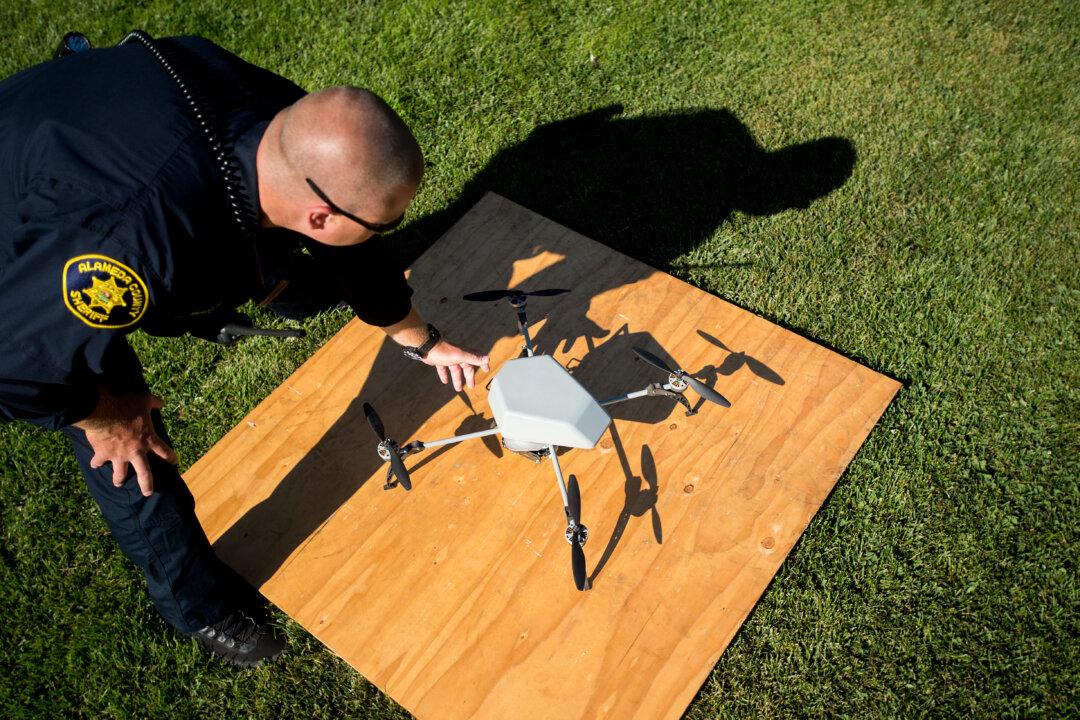Earlier this week, a Daily Beast article sparked a barrage of news reports that gave the impression that police departments in North Dakota were gearing up to send out quadcopters mounted with tasers, tear gas spray, and nonlethal firearms.
“New law permits North Dakota cop drones to fire beanbag rounds from the sky,” read a headline on Ars Technica; “Some Cops Are Now Allowed to Taser and Tear Gas People From Drones,” reads another by Gizmodo.
In reality, the state government gave no such sanction to the police, who themselves have no intention of equipping their drones with weapons. The official drone policy of the Grand Fork County Sheriff’s Office (GFSO) prohibits the “deployment of any type of projectile, chemical agent, or electrical current weapon.”





